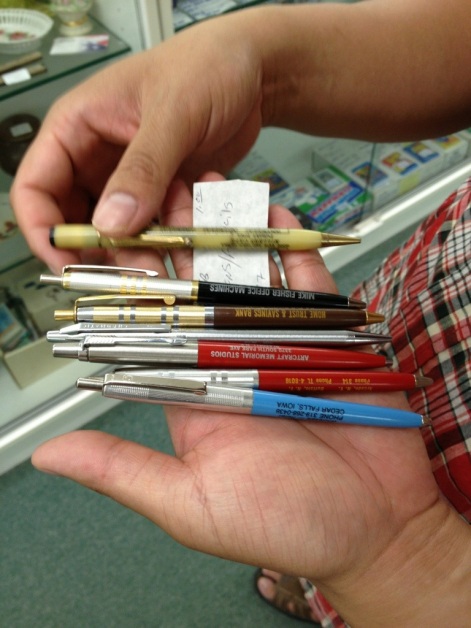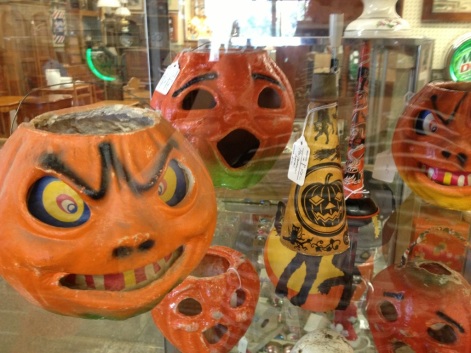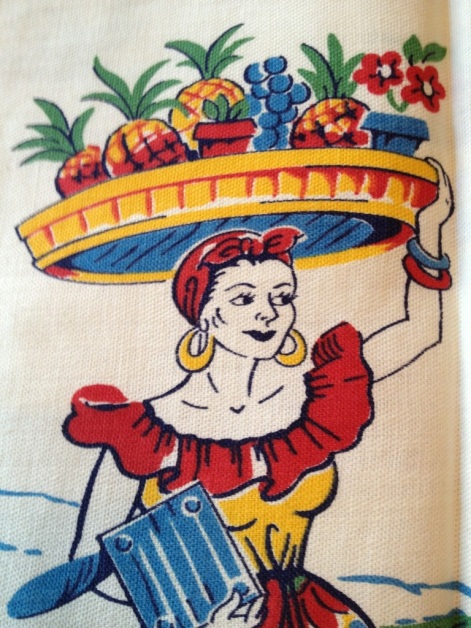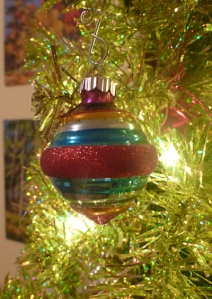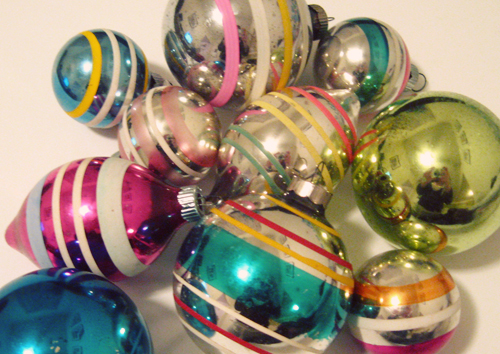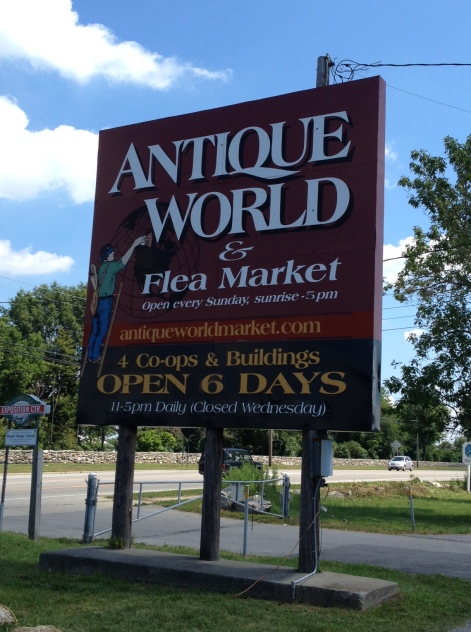
Last month Anson and I visited the Antique World and Flea Market in Clarence, New York. This well established picking destination is composed of multiple group shops, storage unit stalls, and a sprawling flea market every Sunday year round. Clarence is a short drive over the US border (crossing at Niagara Falls), so we figured it would be a great destination on a beautiful summer weekend.
The first thing I learned during my visit is to ARRIVE EARLY. We woke up a little late, but we only stopped at the border and for the obligatory road trip Egg McMuffin, and arrived around 11:00am. I felt we made good time but it was obvious we were still late for the flea market. Many of the tables were packing up, and empty spots were evidence that some had already left. I spoke to a dealer who told me that in the summer the action starts at 7am if not before, and that the first few hours are swarmed with buyers. He suggested I arrive no later than 7:30 for a good selection. Fair enough. Any show is the same – early bird gets the worm.
It didn’t help matters that this was also shaping up to be one of the hottest days of the year! As it got close to noon it became almost unbearable in the full sun. We found what was left of the flea market pretty uninteresting but there were enough almost promising things that I think you could find some treasures if you came early. I did see a fair selection of toys, housewares, old postcards, jewellery, and collectibles like baseball cards. Nothing really for us, though, so we moved to the adjacent Co-op buildings.
The Co-op buildings have storage units along the exterior walls. These rectangular, windowless units are rented as selling spaces or storage. It’s a pretty good idea because sellers don’t have the hassle of packing up when it’s time to leave. The downside is that if it’s a ridiculously hot day you are confined inside a small, airless tomb. Thankfully, within five minutes of looking I saw something – Vernonware in Tam O’Shanter pattern! A whole pile of it! AND it was on sale. I was able to pick up all the following pieces (with egg cup!) for around $40. I usually buy my vintage Vernonware online and shipping is a huge extra cost. You can pay, like, $10 for the piece and $25 for shipping to Canada. I felt like the trip was already worth it as I put my first purchase in the car.
The few storage booths that were open had a decent assortment of stuff, as long as you weren’t looking for very old antiques. There were a lot of vintage housewares and decorative items. Used books and clothing. A few guys had a “man cave” (the term really fits when it’s a dark tunnel full of neon beer signs). Other booths had new home items like scented candles and tole painted “Bless this Mess” signs. In one booth that had largely automotive items I found a set of 1970s glasses featuring Archie comics characters. I love Archie comics as much as Jughead loves hamburgers so the glasses were the next things to come home with me.
It was time to hit the buildings. The buildings at Antique World are probably where you will find the higher end stock, and the quality (and price) varies for each building. The Expo Center is good for vintage and less expensive items. One large area is set up in traditional booths, and the other large area has rows of display cases. This building had lots of items in the $20 – $100 range. I saw great vintage Sci-fi paperback novels, sports cards, kitchenware, small furniture, and comic books. I also finally found a classic McCoy “Arcature” planter with bird, and Vernonware tumblers!
We walked across the giant parking lot to the Indoor Flea Market building next. This building has, as the name implies, a hodge podge of different items. There was furniture in every style from Victorian, to turn of the century farmhouse, to 1980s bamboo. Smalls like textiles, kitchenware, holiday decorations, and toys were common. One dealer had a large selection of records and musical paraphernalia. I found a few items, including a vintage tea towel featuring a Caribbean theme with original tags. If there is one thing I love, it’s a tea towel that brings the fiesta to the kitchen.
The third building we visited was Uncle Sam’s Antique Co-op. This is a great mid range building with some surprises for the collector. One booth featured the best selection of vintage linens I’ve seen for a long time. Another had a terrific assortment of 1950s/60s Jadeite kitchenware. I saw vintage Halloween and Christmas decorations (picked up some Shiny Brites for $2 – $3 each), old Barbie dolls, lamps and even large pieces of furniture. Uncle Sam’s hit the sweet spot for my taste and budget. It felt like the dealers set up here had well-developed stock in their areas.
The last buildings we visited were 3 Old Dogs Antiques, and The Premier Antique Center. 3 Dogs had good quality primitive furniture, antique train sets, folk art and some nicely framed artwork and advertising. It is a very nice shop with good antiques. The Premier Antique Center is a group shop that had a likewise high class of antique. This large shop had chandeliers, fine furniture, and display cases with delicate porcelain – everything you think of when you think classic antique shop. It was nice to browse but we didn’t buy anything.
Finally, after five hours, it was time to call it a day and go home. There were buildings we didn’t even have time to visit! I will say this for Antique World, it’s big. It seems hard to believe anyone couldn’t find at least something to buy. Between the deals at the flea market, to the mid range booths and high-end shops, there’s something for everyone.
If you plan to go, remember to get there early if you want to see the flea market. The flea market operates every Sunday year round, with extra large (and popular) flea markets the 1st Sunday of the month from May to October. The buildings are open every day of the week except Wednesday.
It’s bragging time! Check out the haul from our first trip to Antique World:





